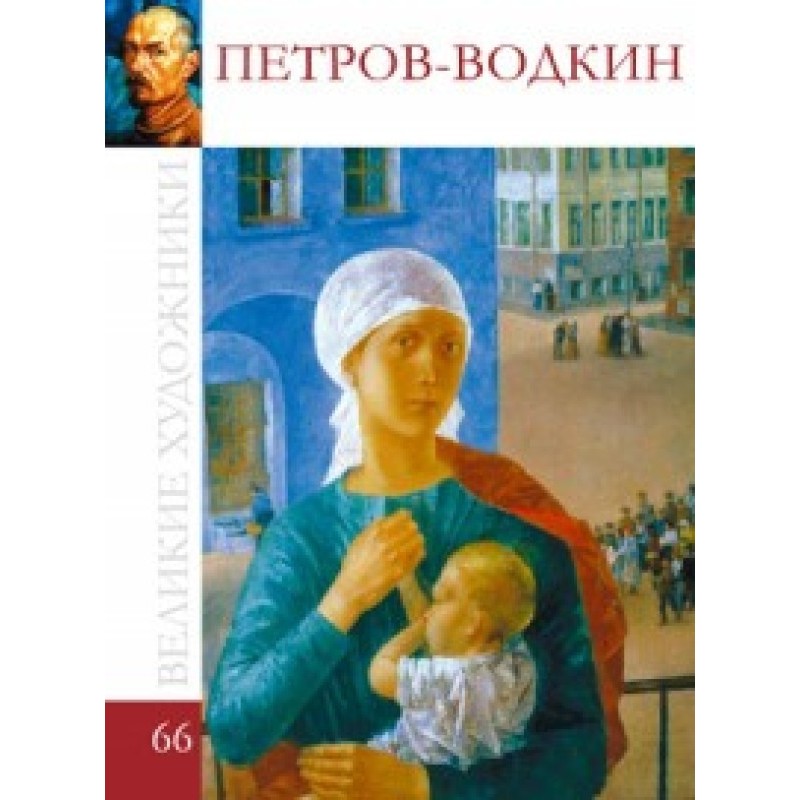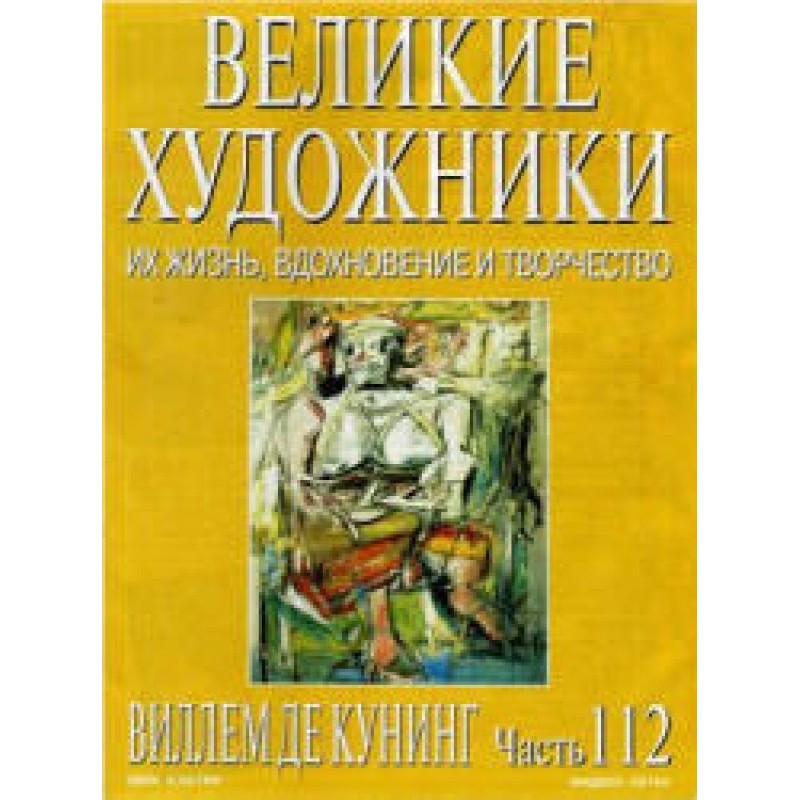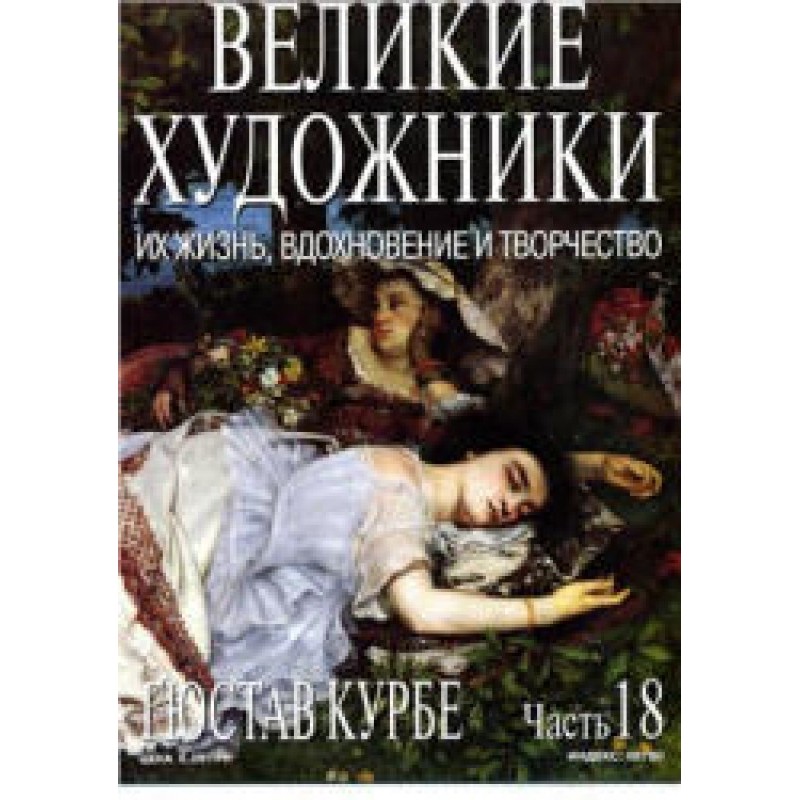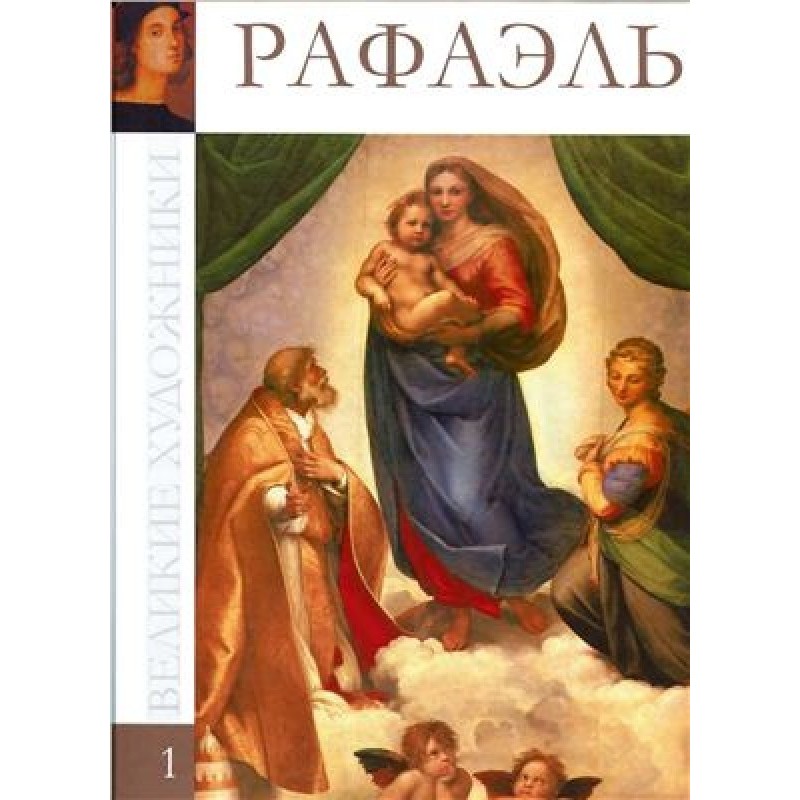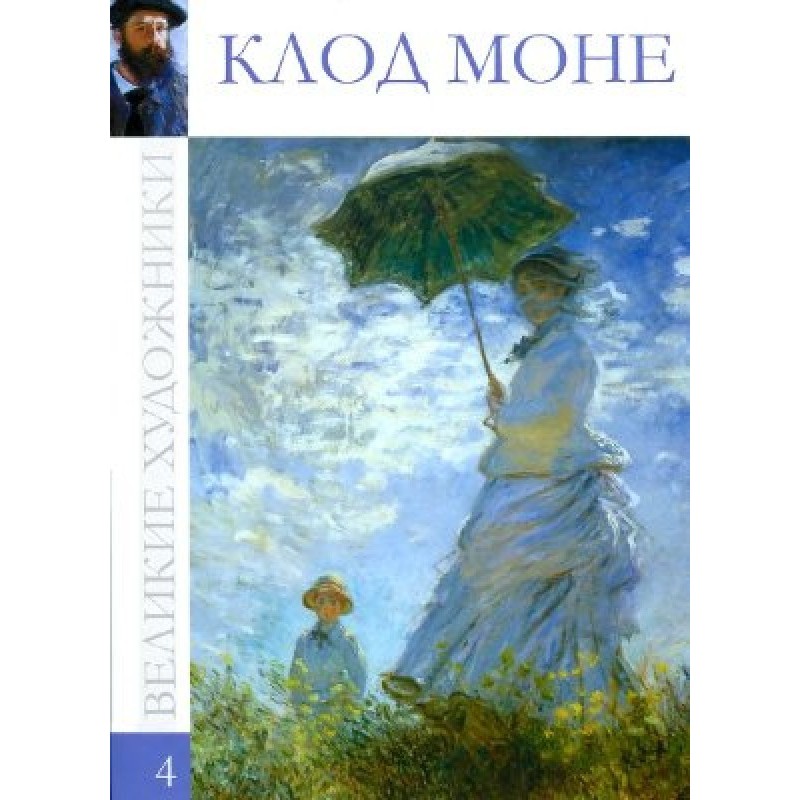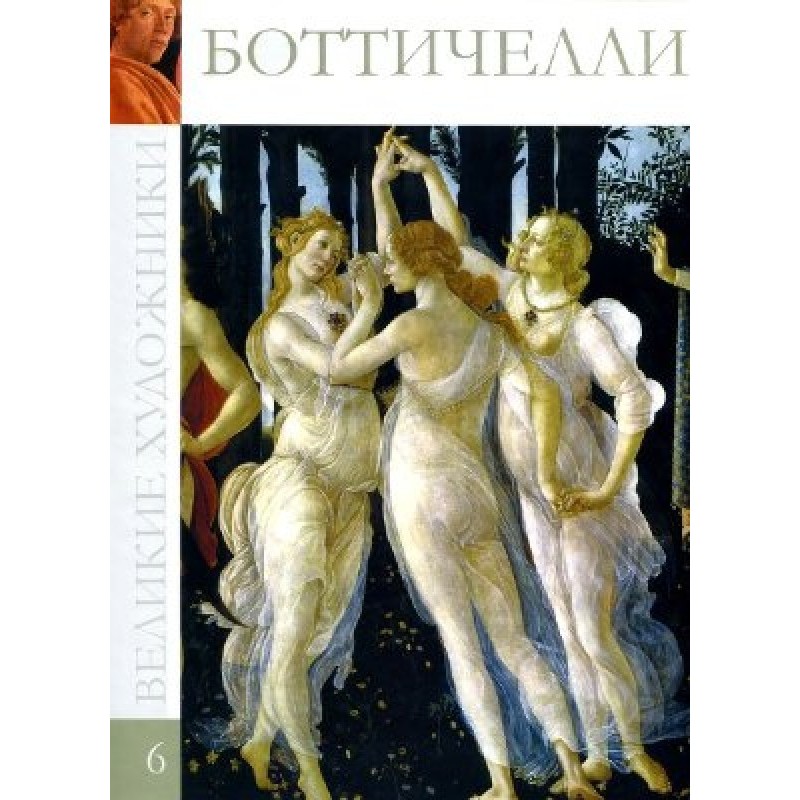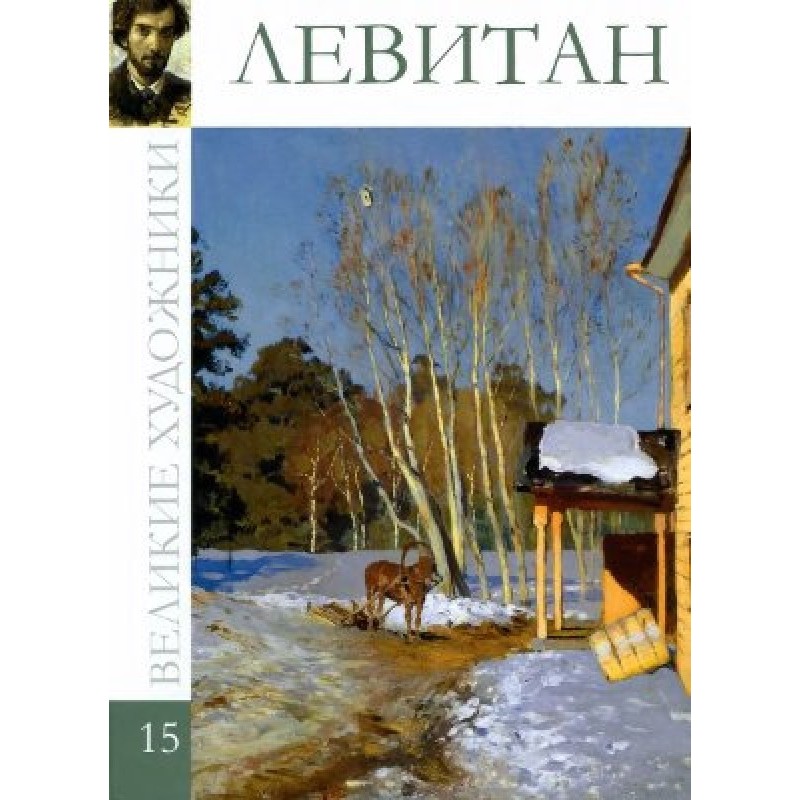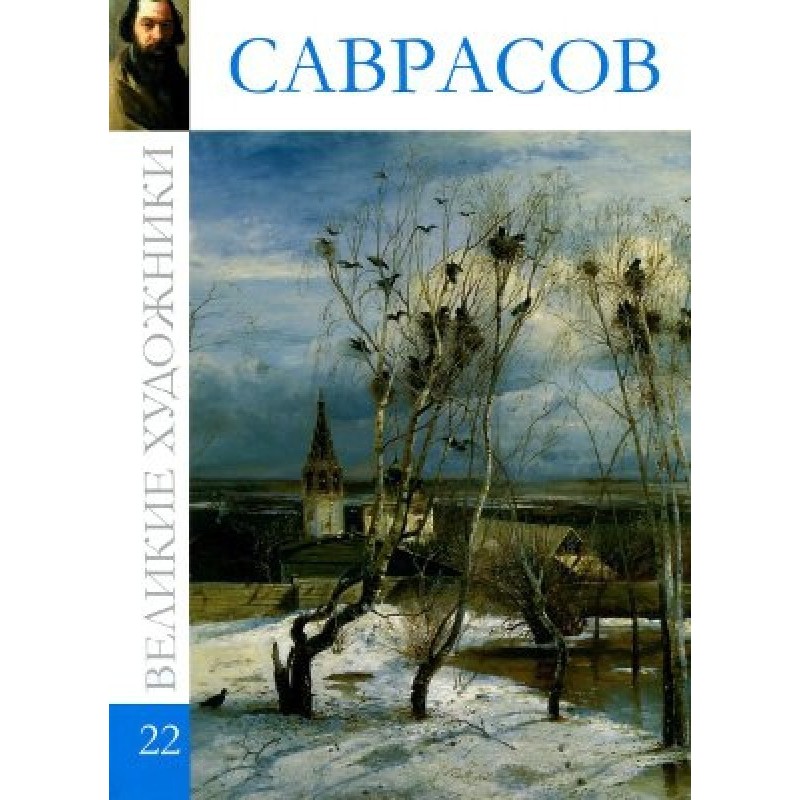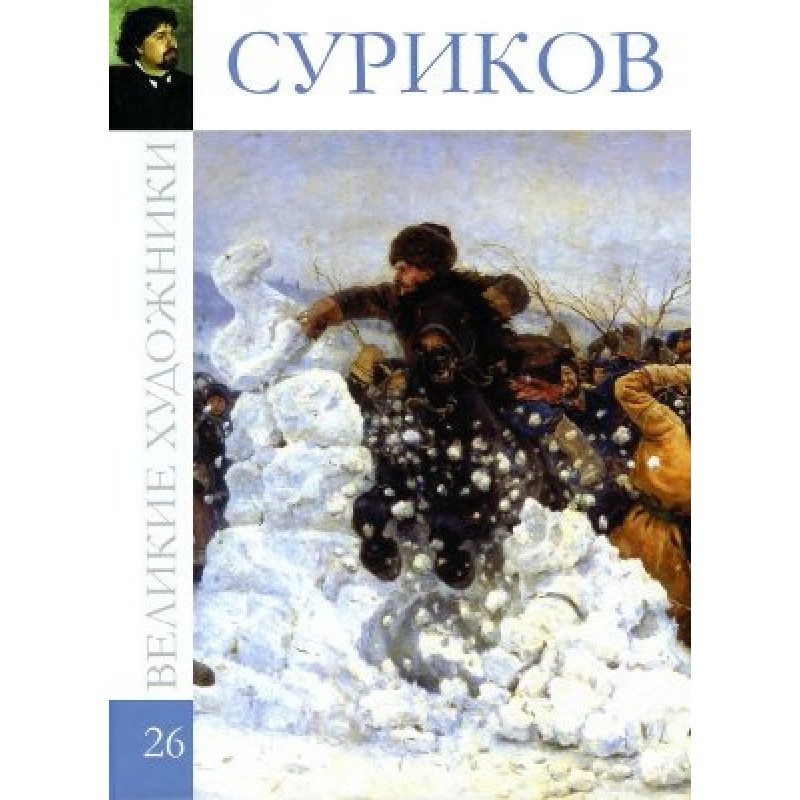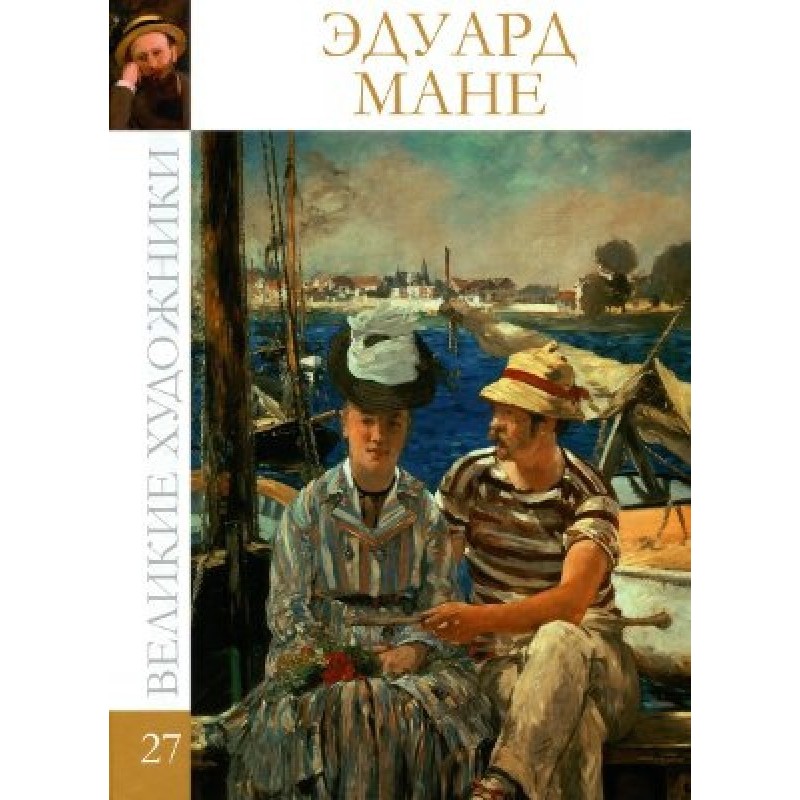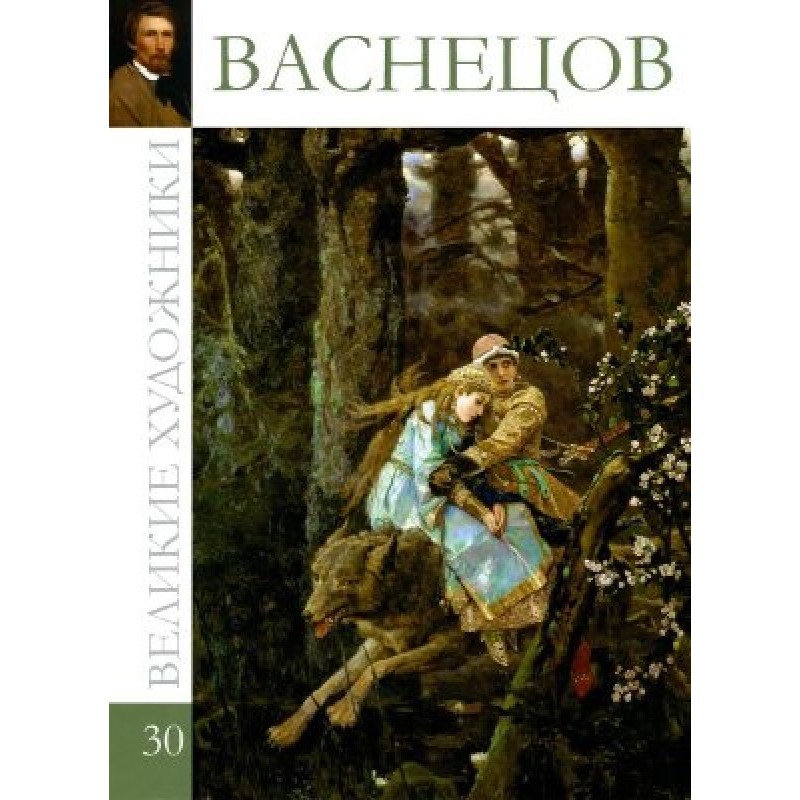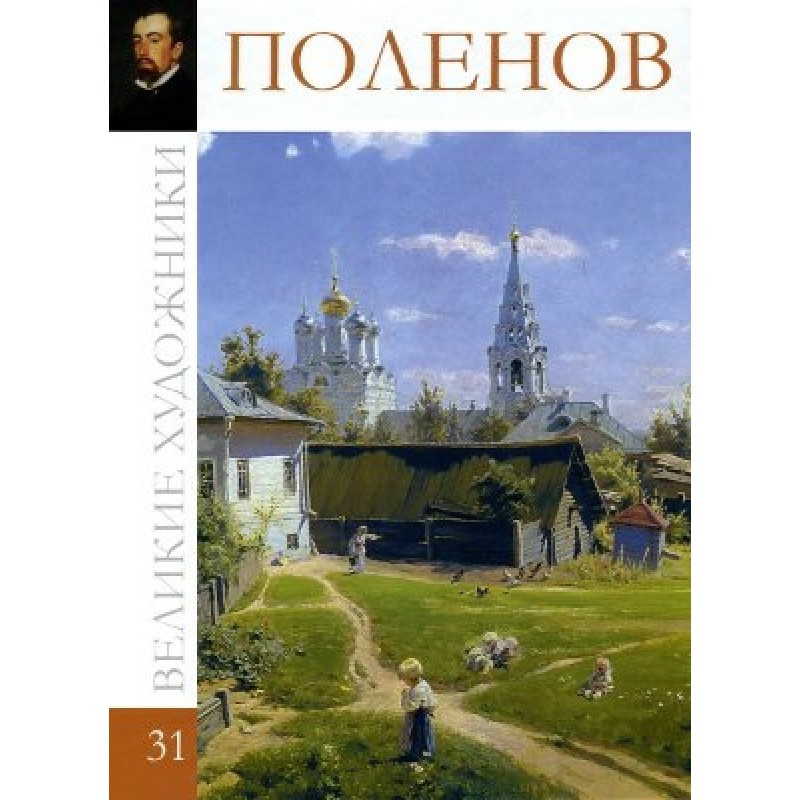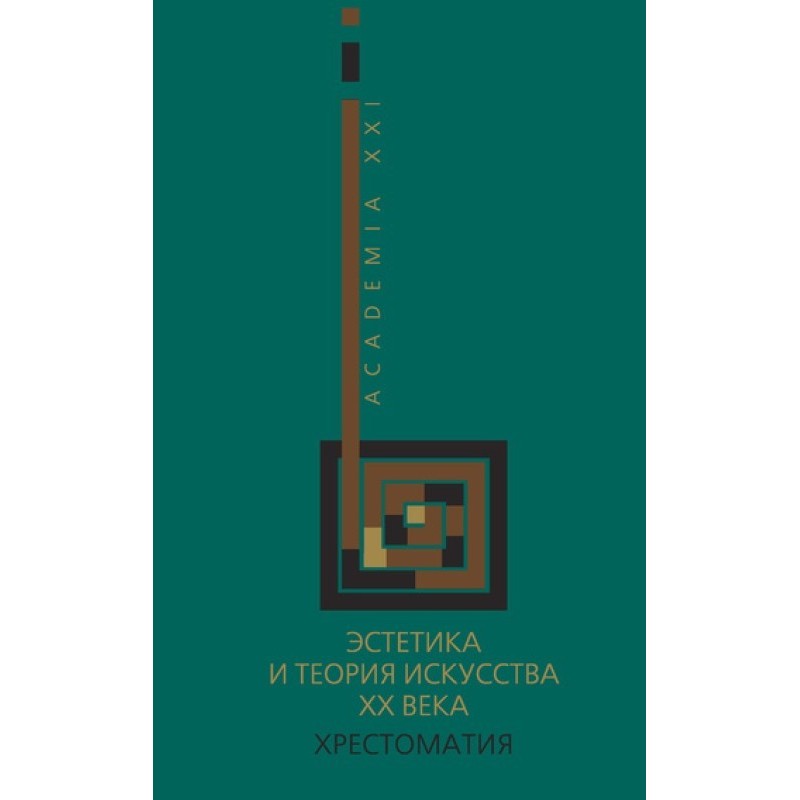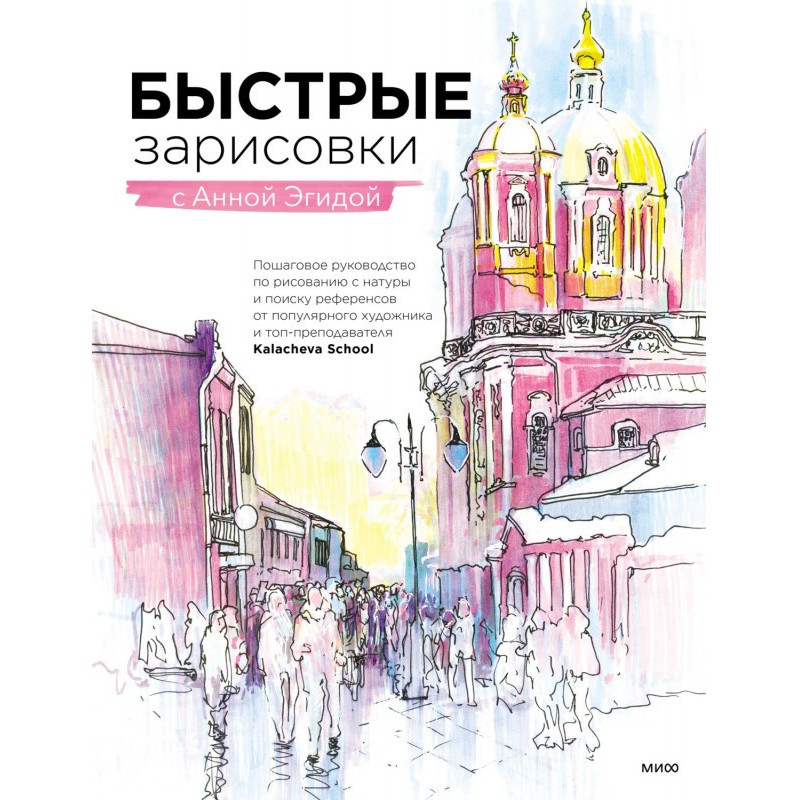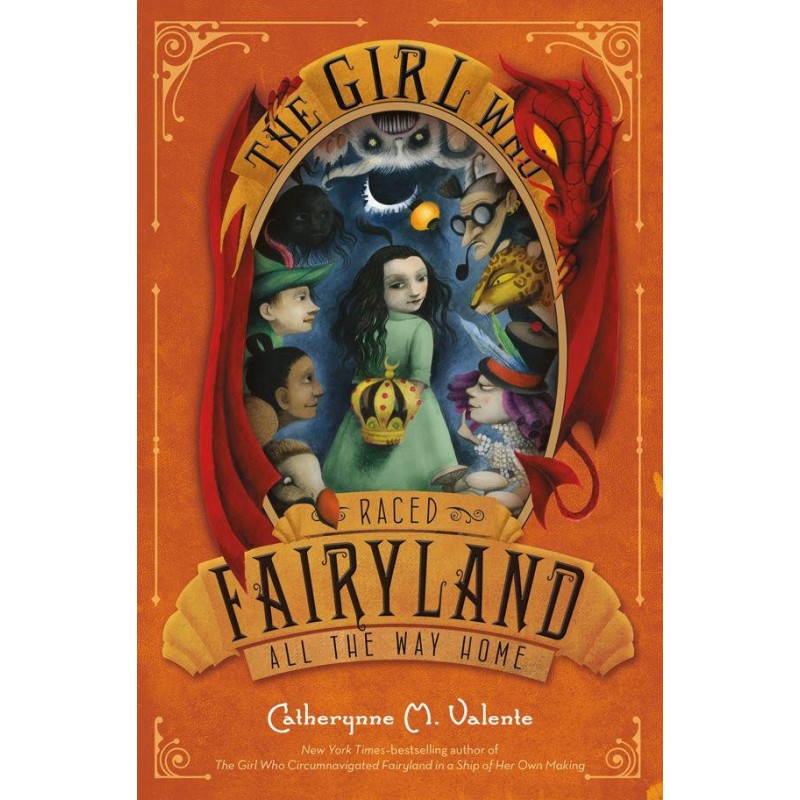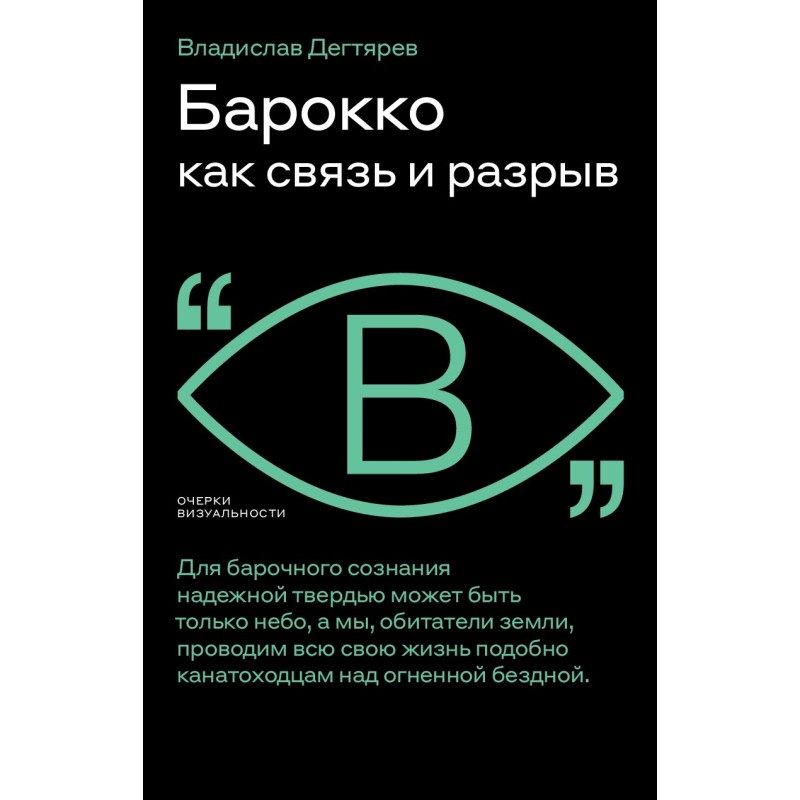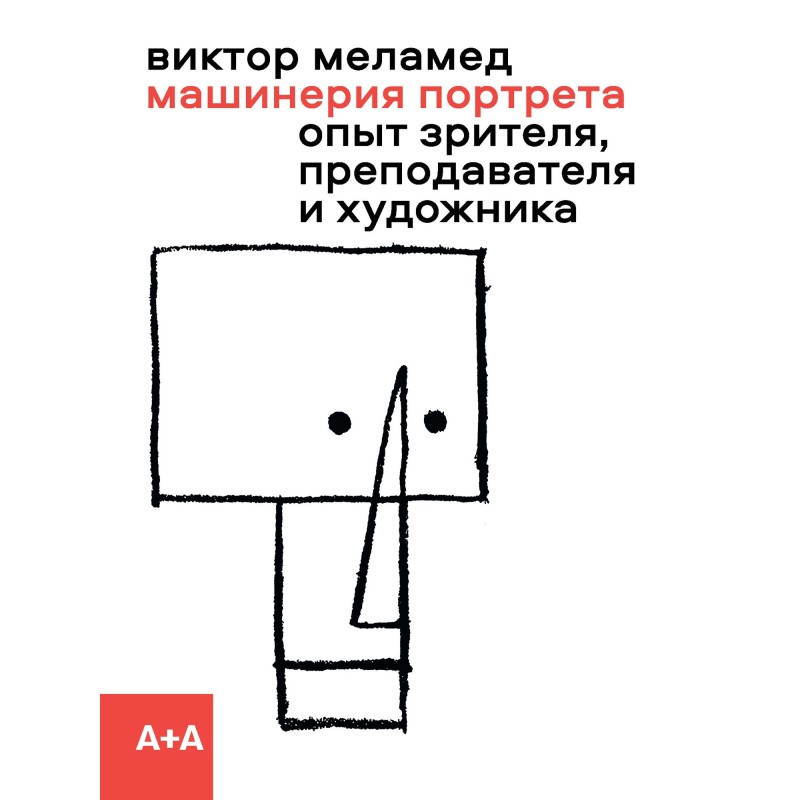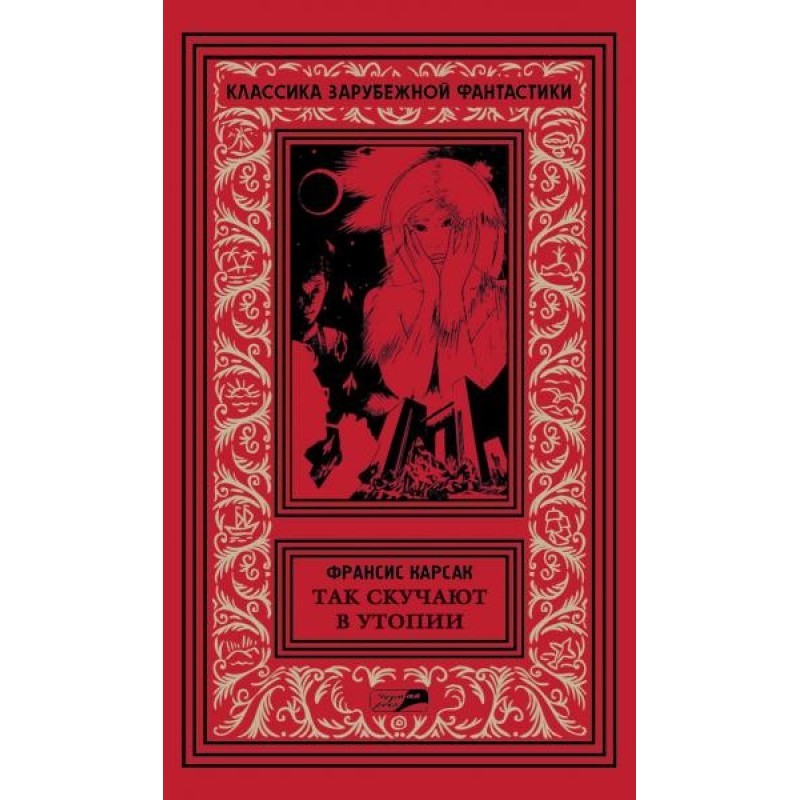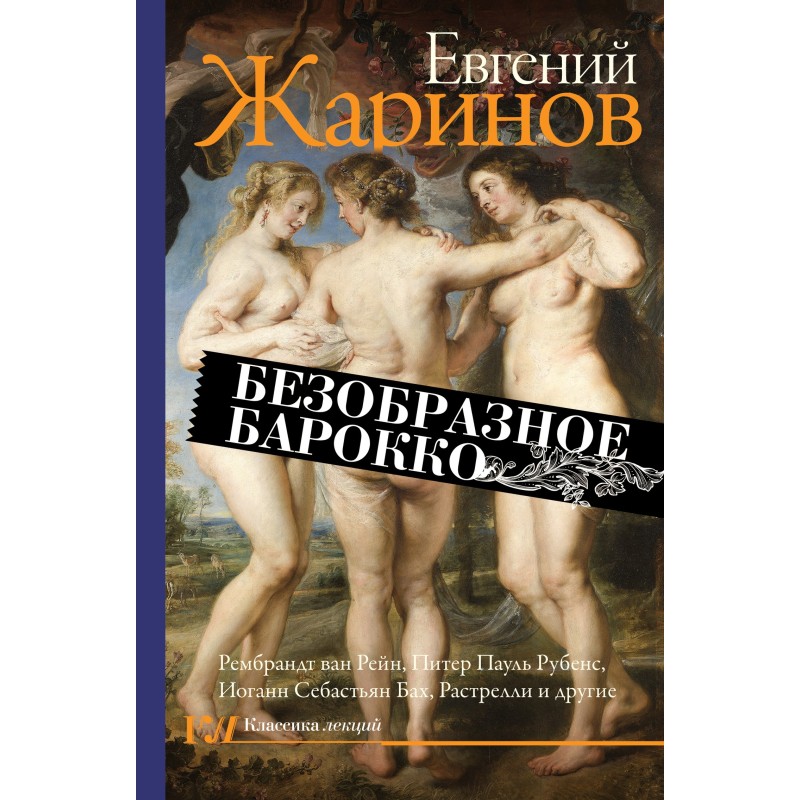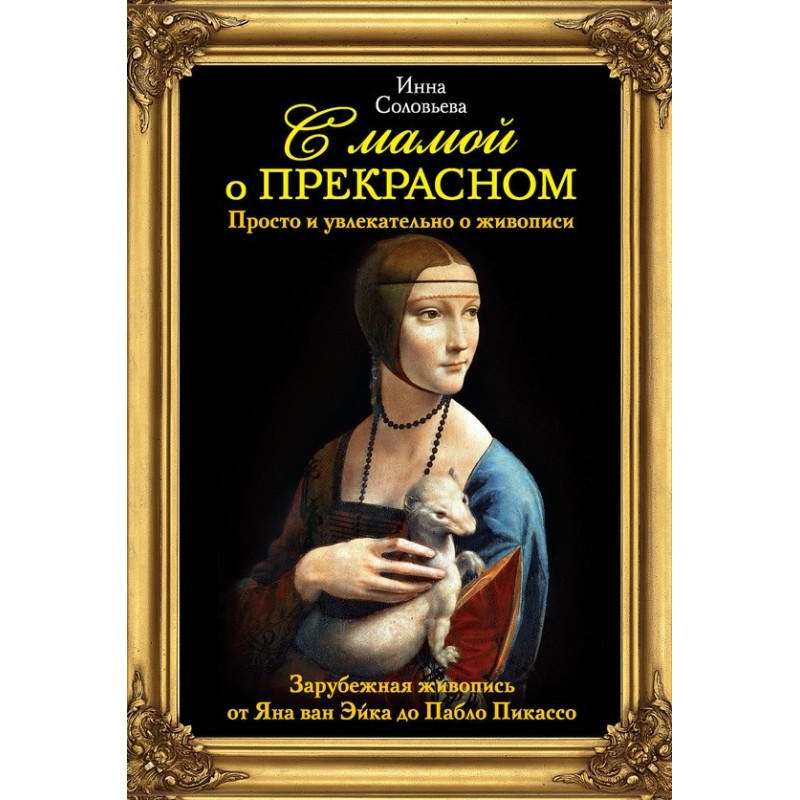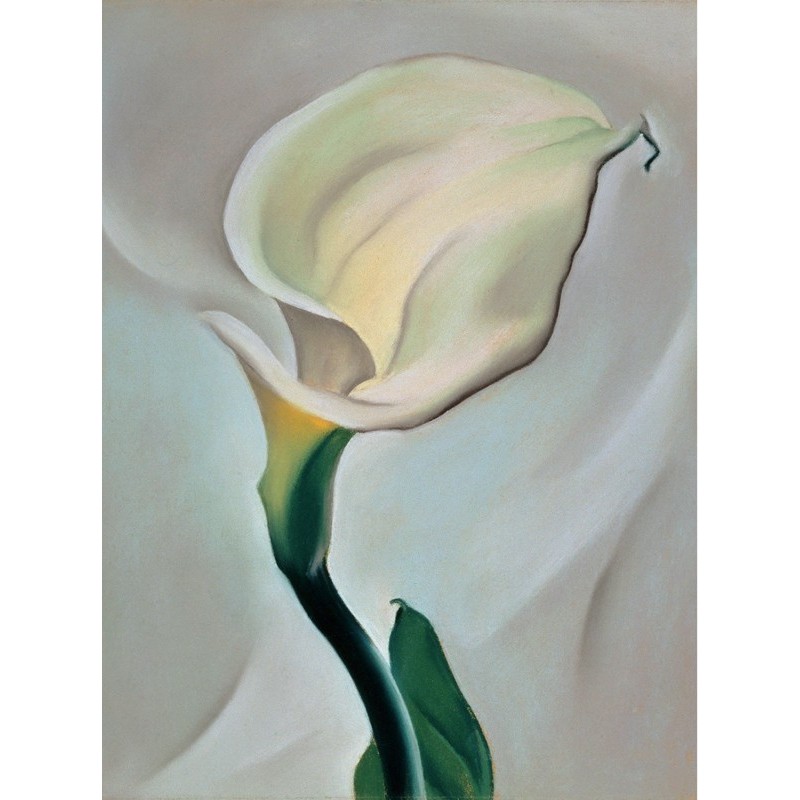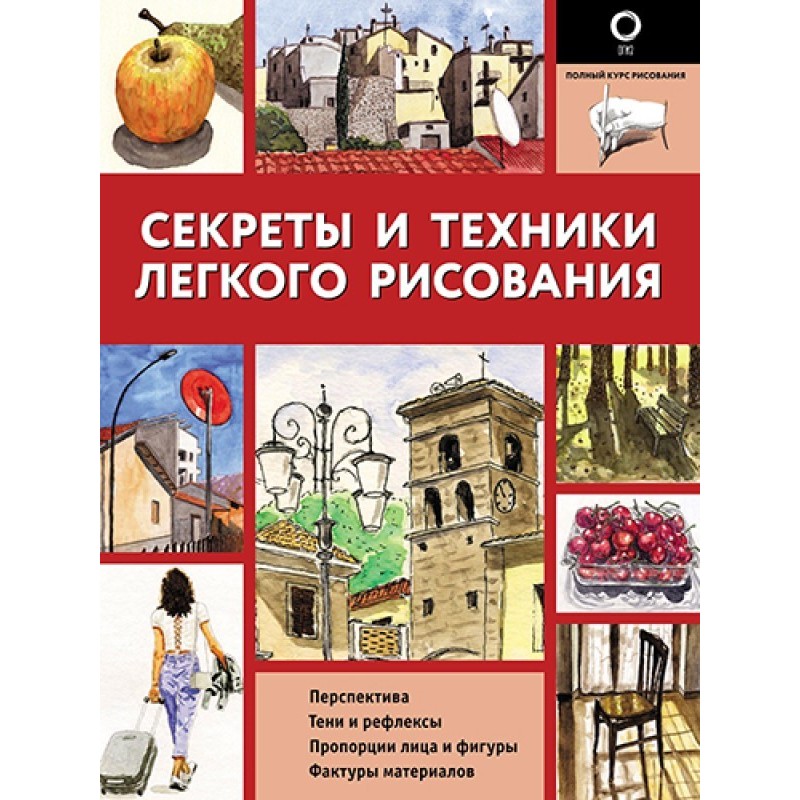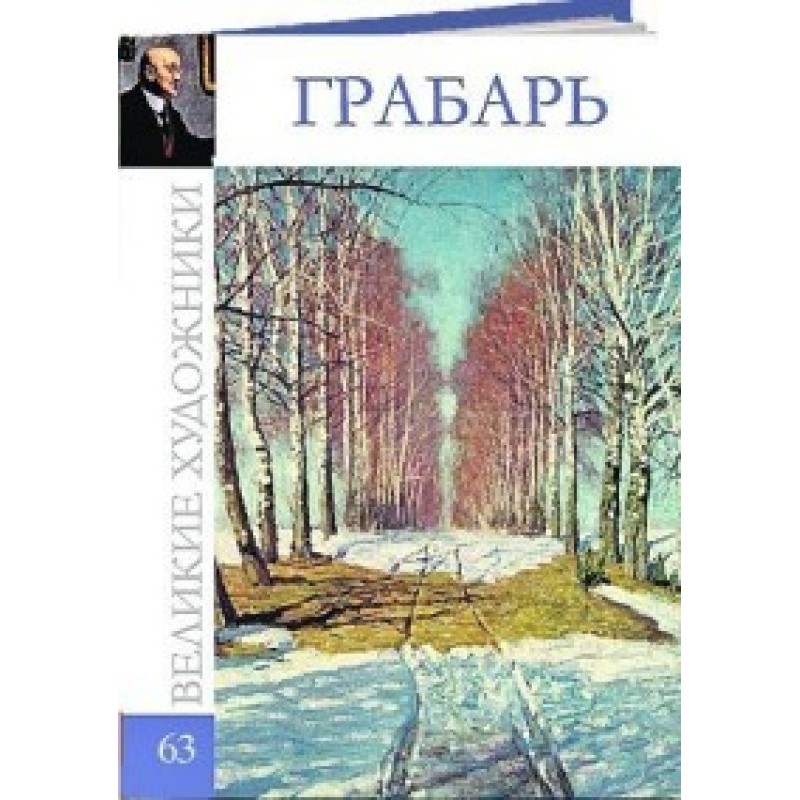Rembrandt
 Instant download
Instant download
after payment (24/7)
 Wide range of formats
Wide range of formats
(for all gadgets)
 Full book
Full book
(including for Apple and Android)
“Great Artists” - a collection about outstanding masters of painting. The book series contains more than 50 illustrations, an “exquisitely written” biography of the artist and the history of the creation of the paintings. The album is dedicated to the work of Rembrandt.
The outstanding Dutch artist Rembrandt Harmens van Rijn (1606-1669) created wonderful works in almost all genres. Combining the depth of psychological characterization with exceptional mastery of painting based on a special rendering of chiaroscuro, Rembrandt painted portraits, landscapes, religious, mythological and historical compositions. His canvases are distinguished by a unique emotional richness created by the color of the paintings, which is built on a combination of warm close tones and subtle shades of color. Having experienced the strong influence of Caravaggism, already in the early, small According to the format of his works (“Bringing to the Temple”, “Simeon in the Temple”), the artist pays special attention to the emotional and psychological capabilities of chiaroscuro. Along with religious painting, portraiture became the most important genre for the young Rembrandt. Diligently studying facial expressions, recording even sharp, grotesque grimaces at that time, he makes portrait images (including self-portraits, as well as images of people close to him) a constant accompaniment to his creative quests, thereby giving them a humanity unprecedented in sincerity. In the painting “The Anatomy Lesson of Doctor Tulp,” which brought him great success, he innovatively solves the problem of a group portrait, building it on the contrast of the various reactions of the students and the calmness of the central figure of a medical scientist explaining the structure of the human body. Rembrandt enthusiastically embraces the experience of the Italian Renaissance and Baroque, but at the same time challenges the classical Renaissance canon - especially in paintings on themes of ancient mythology. For example, the image of “Danae” (Hermitage), like Rembrandt’s nudes in general, is full of intimate, homely eroticism and completely anti-classical. Since the 1640s, having suffered heavily with the death of his beloved wife and model Saskia, Rembrandt gradually abandoned bravura external effects, and the features of contemplation and mystical self-absorption intensified in his works. Biblical and gospel compositions now take on the character of everyday scenes, where the divine principle seems to shine through from within, in shimmering golden-brown colorful tones. These are, for example, “The Holy Family”, “Christ in Emmaus”. Rembrandt is increasingly dramatically enlarges the figures (“Jacob blessing the sons of Joseph”), enveloping the images with the charm of an inexplicable mystery (as, for example, in “The Journey of the Prodigal Son”). The same atmosphere of psychological revelation reigns in portraits, where the focus of interest is increasingly the face, or the face and hands emerging from soft chiaroscuro (portraits of a man in a golden helmet, Jan Six reading Titus). At this time, many of the best self-portraits are created, as well as wonderful landscapes, where nature and the deeds of human hands, nature and history merge into a single earthy mass, warmed by a warm glow and living with its measured, majestic rhythm. In the last years of his life, despite the difficult financial situation, the artist continued to work hard and fruitfully. He paints a group portrait elders of the cloth workshop (“Sindics”), achieving external simplicity and emotional ease of the image. The texture of his paintings turns into a genuine matter of light: free glazes enhance to the limit the effect of radiance, which seems to illuminate the colorful mass from the inside, emphasizing the psychological nodes of the composition. Such are “Assur, Haman and Esther”, “The Denial of Peter”, “The Return of the Prodigal Son”, other subject paintings and portraits of this period, including self-portraits created in the last year of his life - the image of a laughing Rembrandt and a self-portrait from the London National Gallery.< /p>
Data sheet
- Name of the Author
- Автор Неизвестен -- Искусство
- Language
- Russian
Reviews
Неперевершене видання для шанувальників мистецтва!
Книга "Рембрандт" з серії "Великі художники" є справжнім подарунком для всіх, хто захоплюється живописом та історією мистецтва. Вона не лише містить вражаючі ілюстрації, але й пропонує глибокий аналіз творчості великого голландського художника. Біографія Рембрандта написана з великою увагою до деталей, що дозволяє читачеві зануритися в його життя та творчі пошуки. Опис його картин, таких як "Урок анатомії доктора Тюлпа" та "Повернення Блудного сина", допомагає зрозуміти, як Рембрандт вмів передавати емоції та психологічну глибину своїх персонажів. Книга також підкреслює його новаторський підхід до світлотіні, що робить його роботи такими унікальними. Я вважаю, що це видання стане чудовим доповненням до бібліотеки будь-якого любителя мистецтва, а також надихне нові покоління художників. Рекомендую всім, хто хоче дізнатися більше про цю геніальну постать в історії живопису!


